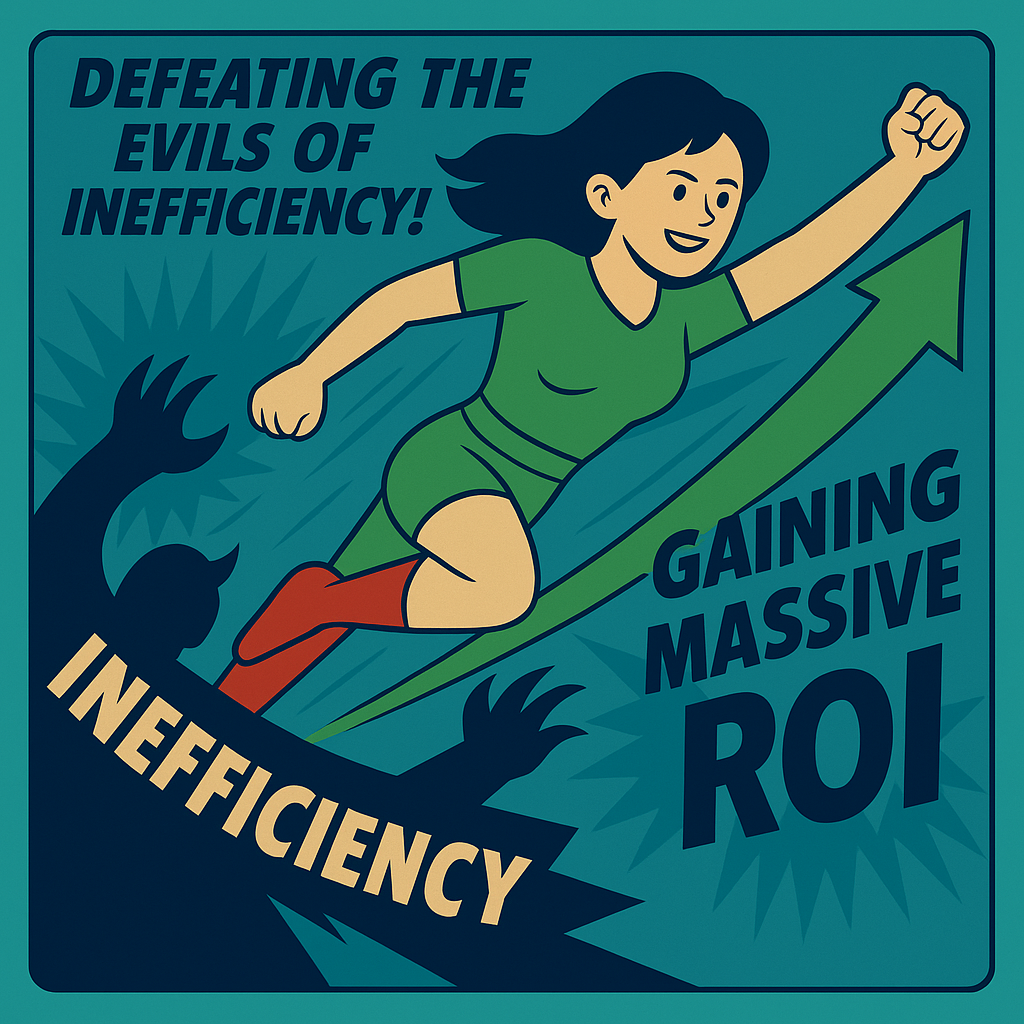We had an unusual moment during a recent System Admin Insights meeting.
Someone casually mentioned a strange pattern in their iCIMS ATS: one candidate had submitted 110 applications to their company. Same name, endless spammy email addresses from Gmail and SonaraMail, rinse and repeat.
The name? Klaus Grant.
Cue the collective wait a second moment. Two other members spoke up: “We have that guy too.”
Now, if Klaus Grant is a real person, I hope he’s okay. I even called the number one member had on file (straight to voicemail) and sent a text.
But regardless of whether Klaus is real or a phantom created by resume-blasting software, here’s what’s very real: the tension between software developers building tools for job seekers and software developers building defenses for recruiters is escalating. And the loser, again and again, is the job seeker.
Let me break it down:
-
Tools like LazyApply (aka Sonara—”Cast a wider net — 10x your job applications,” says the website) promise job seekers ease and efficiency. Upload your resume, plug in your preferences, and boom—hundreds of applications go out daily. It feels productive. You see activity. Maybe you even get a few interviews.
-
But what candidates don’t realize is that ATS systems see everything. Including that you applied for 110 roles at the same company, many of which make no sense together. The end result is that recruiters assume all of your applications are spam.
This is the AI arms race in talent acquisition. Tools to game the system vs. tools to protect the system. It’s developer vs. developer, while the candidate experience stays… bad.
If you’re a candidate: I get it. Looking for a job is exhausting, dehumanizing, and opaque. But these spammy AI tools are not helping you. They’re burning bridges before you even have a chance to walk across them.
A more strategic approach—fewer, more tailored applications—is still noticed. It’s increasingly rare now. It stands out. And yes, it’s more effort. But the effort is visible.
The candidates aren’t the enemy here. But they’re caught in a system that treats them like one.
Until we do better: candidates deserve honesty about what’s working—and what isn’t.




